The Most Beautiful Natural Wonders In The World
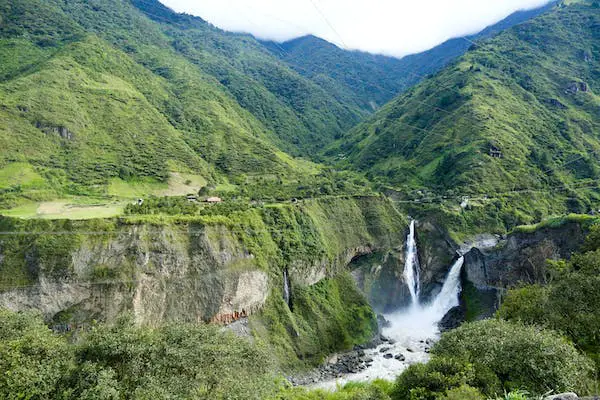
The world is full of stunning natural wonders, each with its own unique beauty and appeal. From towering mountains to cascading waterfalls, sprawling deserts to lush rainforests, the Earth is truly a remarkable place.
Let's explore some of the most beautiful natural wonders in the world, including their fascinating histories, unique features, and breathtaking views.
Grand Canyon, USA
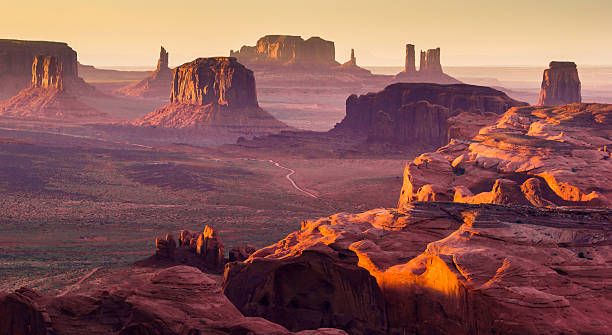
The Grand Canyon is a geological marvel located in northern Arizona, USA. It is a massive canyon that stretches over 277 miles long, up to 18 miles wide, and over a mile deep.
The Grand Canyon was formed over millions of years by the Colorado River as it eroded the rock layers, exposing the colorful rock formations and creating the stunning canyon we see today.
The Grand Canyon is a popular tourist destination, with millions of visitors coming from all over the world each year to take in its breathtaking views and explore its many attractions.
The canyon offers a variety of activities for visitors, including hiking, camping, rafting, and helicopter tours.
One of the most popular hiking trails in the Grand Canyon is the Bright Angel Trail, which starts at the South Rim and descends over 9 miles down to the Colorado River.
The trail is challenging but offers stunning views of the canyon and its many rock formations.
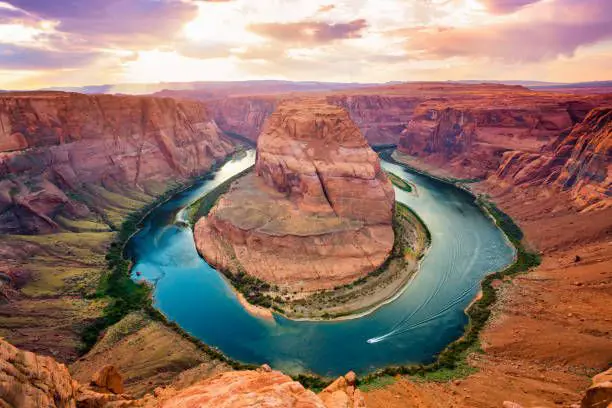
For those who prefer a more leisurely experience, the Grand Canyon also offers a number of scenic drives and viewpoints.
The most popular viewpoint is the South Rim, which offers panoramic views of the canyon and is accessible by car or shuttle bus.
The Grand Canyon is also home to a number of historic buildings and museums, including the Grand Canyon Village, which was established in the early 1900s and features a variety of shops, restaurants, and accommodations for visitors.
Overall, the Grand Canyon is a breathtaking natural wonder that offers a unique and unforgettable experience for visitors.
Whether you choose to hike down into the canyon, explore its many attractions, or simply take in the stunning views, the Grand Canyon is sure to leave a lasting impression on all who visit.
Victoria Falls, Zambia and Zimbabwe
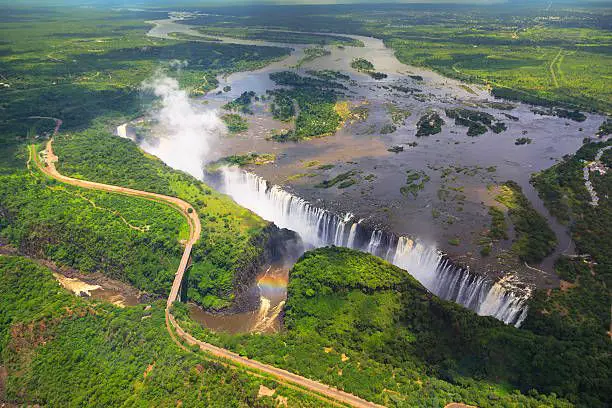
Victoria Falls is one of the most awe-inspiring natural wonders in the world, located on the border of Zambia and Zimbabwe in southern Africa.
It is a magnificent waterfall that is formed by the Zambezi River, which plunges over 100 meters into a narrow gorge, creating a spray of mist that can be seen from miles away.
Victoria Falls is over a mile wide and is one of the largest waterfalls in the world. It is a UNESCO World Heritage site and is considered one of the Seven Natural Wonders of the World.
The falls are known locally as "Mosi-oa-Tunya," which means "The Smoke That Thunders," due to the thunderous roar and mist that rises from the falls.
Visitors to Victoria Falls can take in its stunning beauty from a variety of viewpoints. The most popular viewing point is the Victoria Falls Bridge, which spans the Zambezi River and offers a breathtaking view of the falls from above.
Another popular viewpoint is the Knife-Edge Bridge, which offers a close-up view of the falls and its powerful spray.
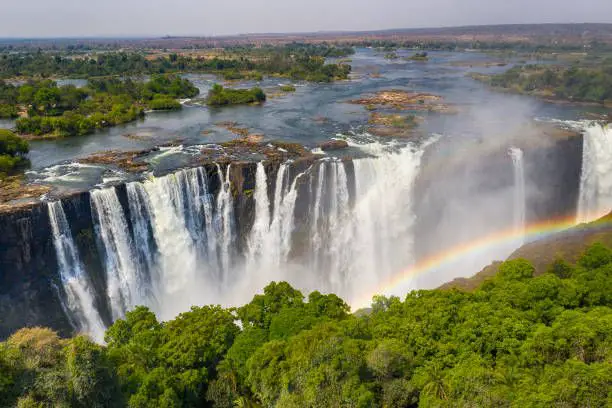
Visitors can also take a helicopter or microlight tour to see the falls from above or take a boat ride along the Zambezi River to get a unique perspective of the falls.
For the more adventurous, bungee jumping, zip-lining, and white water rafting are all available in the area.
Victoria Falls is also home to a variety of wildlife, including elephants, zebras, and baboons, which can often be seen along the riverbanks.
The area is also home to a number of luxury lodges and resorts, making it a popular destination for honeymooners and luxury travelers.
Overall, Victoria Falls is a stunning natural wonder that offers a unique and unforgettable experience for visitors.
Whether you choose to take in the falls from above or explore its many attractions on the ground, Victoria Falls is sure to leave a lasting impression on all who visit.
The Great Barrier Reef, Australia
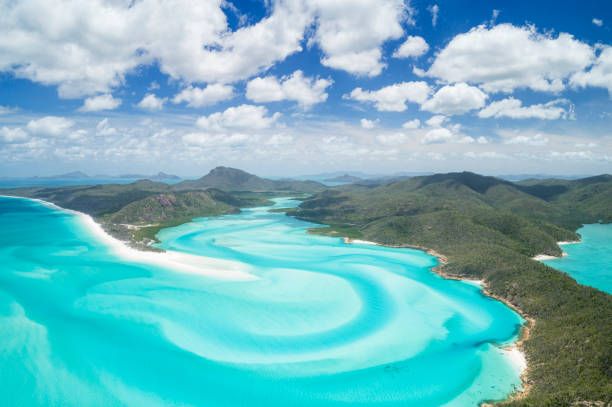
The Great Barrier Reef is one of the most beautiful natural wonders in the world, located off the coast of Queensland, Australia.
It is the largest coral reef system in the world, spanning over 2,300 kilometers and is composed of over 3,000 individual reefs and islands.
The Great Barrier Reef is a UNESCO World Heritage site and is home to an incredible diversity of marine life, including over 1,500 species of fish, 600 species of coral, and a variety of other marine animals such as dolphins, sea turtles, and sharks.
Visitors to the Great Barrier Reef can experience its beauty through a variety of activities such as snorkeling, scuba diving, and glass-bottom boat tours.
The reef is home to a variety of colorful coral formations, and visitors can swim alongside schools of tropical fish, rays, and other marine creatures.
One of the most popular destinations within the Great Barrier Reef is the Whitsunday Islands, a group of 74 islands located off the coast of Queensland.

The islands are known for their stunning white-sand beaches, crystal-clear waters, and diverse marine life.
The Great Barrier Reef is also a popular destination for research and conservation efforts. Scientists and researchers from all over the world come to study the reef and its marine life, as well as to work on conservation projects aimed at preserving this unique ecosystem for future generations.
However, the Great Barrier Reef is also facing a number of threats, including climate change, overfishing, and pollution.
Efforts are being made to address these threats through conservation and sustainability initiatives.
Overall, the Great Barrier Reef is a breathtaking natural wonder that offers a unique and unforgettable experience for visitors.
Whether you choose to explore its many attractions on land or underwater, the Great Barrier Reef is sure to leave a lasting impression on all who visit.
Northern Lights, Iceland and Norway
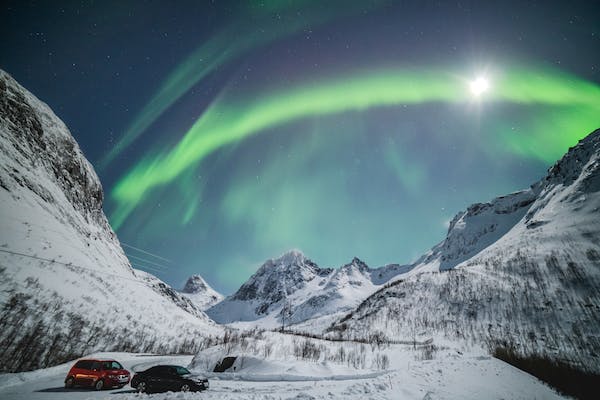
The Northern Lights, also known as the Aurora Borealis, is a breathtaking natural phenomenon that occurs in the northern hemisphere.
It is a display of colorful lights that dance across the night sky, ranging from green and yellow to red and purple.
One of the best places to see the Northern Lights is in Iceland, where visitors can witness the lights from a variety of locations, including Reykjavik and the countryside.
The lights are visible from late August to early April, with peak viewing occurring in the winter months.
In Iceland, visitors can take a Northern Lights tour, which offers a chance to see the lights from the best vantage points.
The tours are led by experienced guides who can provide insight into the science behind the lights and offer tips for capturing the perfect photo.
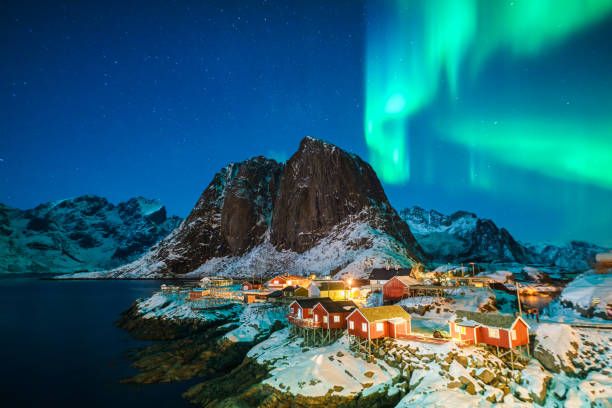
Norway is another popular destination for viewing the Northern Lights. The lights can be seen from various locations, including Tromsø and the Lofoten Islands. The best time to see the lights in Norway is from late September to early April.
In Norway, visitors can take a Northern Lights cruise, which offers a unique and unforgettable experience.
The cruise takes passengers along the coastline, offering stunning views of the lights and the surrounding landscape.
While the Northern Lights are a natural wonder, they are also a scientific phenomenon. The lights are caused by charged particles from the sun colliding with atoms in the Earth's atmosphere.
The colors of the lights are determined by the type of atoms and the altitude at which they collide.
Overall, the Northern Lights are a breathtaking natural wonder that offers a unique and unforgettable experience for visitors.
Whether you choose to witness the lights from Iceland or Norway, the Northern Lights are sure to leave a lasting impression on all who witness their beauty.
Mount Everest, Nepal and Tibet
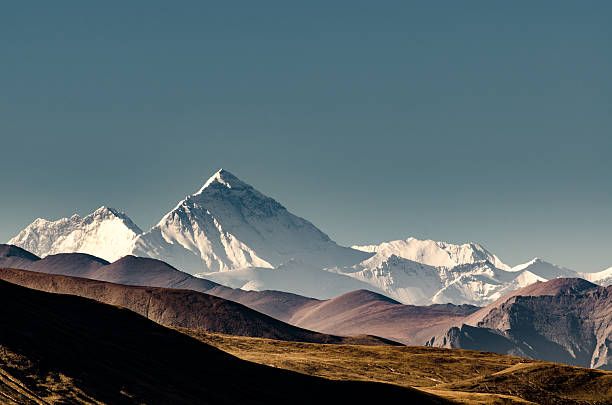
Mount Everest is the highest mountain in the world, standing at 8,848 meters above sea level.
Located in the Himalayas on the border between Nepal and Tibet, Mount Everest is a majestic natural wonder that has captivated adventurers and nature lovers for generations.
For those who wish to climb Mount Everest, the most popular route is the South Col route from Nepal. This route is less technically challenging than the North Col route from Tibet and is more accessible to climbers.
Visitors to Nepal can also take a scenic flight around Mount Everest, which offers a breathtaking view of the mountain and its surroundings.
The flight takes passengers over the Himalayas and offers stunning views of other peaks such as Lhotse, Cho Oyu, and Makalu.
Tibet is another popular destination for visitors to Mount Everest. The North Col route from Tibet is considered more challenging than the South Col route from Nepal, but it offers a unique and unforgettable experience for climbers.

Visitors to Tibet can also take a scenic drive along the Friendship Highway, which runs from Lhasa to the Nepalese border and offers stunning views of Mount Everest and other peaks in the Himalayas.
While Mount Everest is a natural wonder, it is also a dangerous mountain that has claimed the lives of many climbers over the years.
Climbing the mountain requires a great deal of skill, experience, and preparation, and climbers must be prepared for extreme weather conditions and high altitudes.
Overall, Mount Everest is a majestic natural wonder that offers a unique and unforgettable experience for visitors.
Whether you choose to climb the mountain or take in its beauty from a distance, Mount Everest is sure to leave a lasting impression on all who visit.
The Amazon Rainforest, Brazil
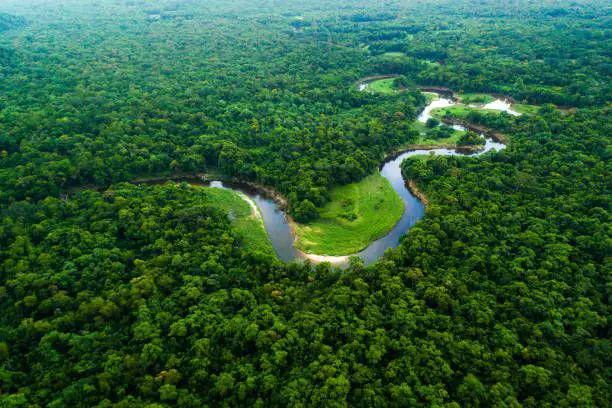
The Amazon Rainforest, located in Brazil, is the largest rainforest in the world, covering approximately 2.7 million square miles.
It is home to an incredible variety of plant and animal species, many of which are found nowhere else on earth.
The rainforest is a vital ecosystem that helps regulate the world's climate by absorbing and storing carbon dioxide and producing oxygen through photosynthesis.
The Amazon Rainforest is located in the Amazon Basin, which spans across nine countries, including Brazil, Peru, Colombia, Venezuela, Ecuador, Bolivia, Guyana, Suriname, and French Guiana.
Brazil contains the largest portion of the rainforest, with approximately 60% of it located within its borders.
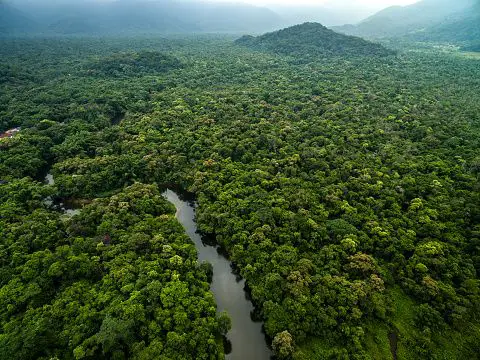
The Amazon Rainforest is home to an estimated 16,000 tree species, with some individual trees reaching heights of over 200 feet.
The forest floor is also incredibly diverse, with an estimated 2.5 million species of insects, thousands of species of birds, and over 400 species of mammals, including jaguars, monkeys, and sloths.
The indigenous people who call the Amazon Rainforest home have lived in harmony with the forest for thousands of years, relying on its resources for food, medicine, and shelter.
However, the rainforest is under threat from deforestation, primarily driven by logging, mining, and agriculture.
Deforestation has significant consequences for the environment and the world's climate. Trees absorb and store carbon dioxide, a greenhouse gas that contributes to global warming, and deforestation releases this stored carbon into the atmosphere.
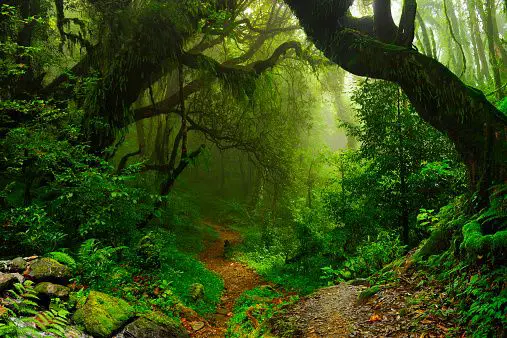
Deforestation also leads to soil erosion, loss of biodiversity, and the displacement of indigenous communities.
Efforts to protect the Amazon Rainforest have been ongoing, including the creation of protected areas and the enforcement of anti-deforestation laws.
However, these efforts have faced significant challenges, including political and economic pressures to exploit the rainforest's resources.
The Amazon Rainforest is a critical ecosystem that is home to an incredible variety of plant and animal species and plays a vital role in regulating the world's climate.
It is a beautiful and awe-inspiring natural wonder that we must work to protect and preserve for future generations.
Yosemite National Park, USA
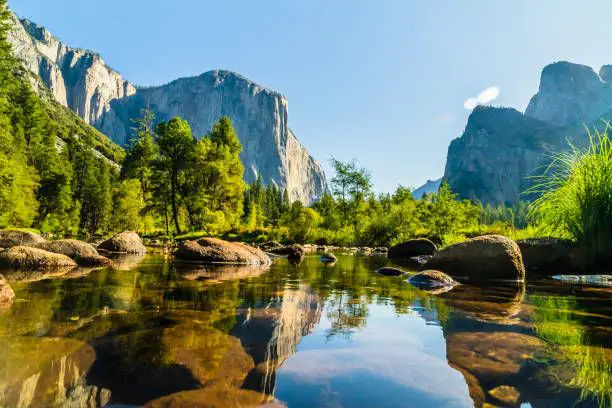
Yosemite National Park, located in California, USA, is a breathtaking natural wonder that attracts millions of visitors each year.
The park covers an area of over 1,200 square miles and features towering granite cliffs, cascading waterfalls, and serene meadows.
Yosemite National Park is home to some of the most iconic landmarks in the United States, including the Yosemite Valley, Half Dome, and El Capitan.
The valley is a U-shaped valley carved by glaciers, and it features stunning waterfalls such as Yosemite Falls and Bridalveil Falls.
One of the most challenging hiking experiences in Yosemite is the Half Dome, a granite dome that stands at over 8,800 feet.
The hike to the top of the Half Dome is not for the faint of heart and requires hikers to ascend over 4,800 feet of elevation gain. However, the views from the top are breathtaking and worth the effort.
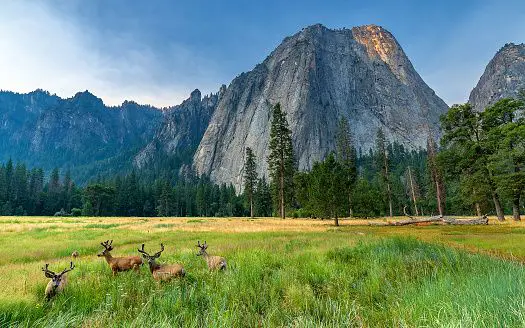
El Capitan, a towering granite monolith, is another iconic landmark in Yosemite National Park. It is considered one of the most challenging climbs in the world, with some routes taking days or even weeks to complete.
Yosemite National Park is also home to an incredible variety of flora and fauna, with over 400 species of animals and 1,500 species of plants.
Visitors can spot black bears, mountain lions, mule deer, and coyotes, among other wildlife.
The park is also a popular destination for rock climbers, hikers, and photographers. Yosemite's landscapes offer endless opportunities for adventure and exploration, whether you're a beginner hiker or an experienced climber.
However, Yosemite National Park faces numerous challenges, including overcrowding, climate change, and the threat of wildfires.

In recent years, the park has experienced an increase in visitors, leading to traffic congestion, limited parking, and damage to the park's fragile ecosystem.
Efforts are underway to protect Yosemite National Park, including implementing visitor quotas and educating visitors on Leave No Trace principles.
These efforts are crucial to ensuring that Yosemite remains a natural wonder for future generations to enjoy.
In conclusion, Yosemite National Park is a beautiful natural wonder that offers visitors a chance to connect with nature and explore stunning landscapes.
While it faces numerous challenges, it remains a cherished national park that we must work to preserve and protect.
Conclusion
The world is full of incredible natural wonders that offer us a glimpse into the beauty and diversity of our planet.
From the Amazon Rainforest to Yosemite National Park, these natural wonders remind us of the importance of preserving our environment and protecting the planet's ecosystems.
However, many of these natural wonders face numerous challenges, including climate change, overexploitation, and habitat destruction.
It is our responsibility to take action to protect and preserve these natural wonders for future generations to enjoy.
By working together, we can ensure that these natural wonders continue to inspire and awe us for years to come.
